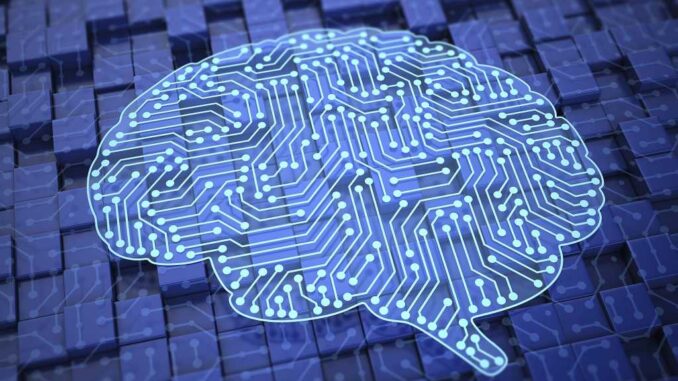
AI analysis of network behavior involves the use of machine learning and data analytics techniques to monitor, assess, and predict activities within a network.
This can include both insights into traffic patterns and the identification of potential security threats or anomalies. Here are some key aspects of how AI analyzes network behavior:









### 1. **Traffic Analysis**
– **Volume and Patterns**: AI models can analyze the volume of traffic, detect peak usage times, and identify patterns in data flows. This helps in optimizing network performance.
– **Protocol Analysis**: Monitoring protocols used in the network can help in understanding how data is transmitted and if there are any inefficiencies.
### 2. **Anomaly Detection**
– **Baseline Behavior**: AI establishes a baseline of normal network behavior by learning from historical data. Any significant deviation from this baseline can trigger alerts for further investigation.
– **Machine Learning**: Algorithms, particularly unsupervised learning models, can identify unusual patterns that may indicate security threats, such as DDoS attacks or unauthorized access.
### 3. **Security Threat Detection**
– **Intrusion Detection Systems (IDS)**: AI can enhance IDS by analyzing past attack patterns and identifying new, unknown threats in real-time.
– **Automated Response**: Once anomalies or threats are detected, AI systems can automatically respond to mitigate risks, such as isolating affected segments of the network.
### 4. **User Behavior Analytics (UBA)**
– **Insider Threat Detection**: AI can analyze user behavior to detect anomalies indicative of potential insider threats or compromised accounts, such as unusual login times or access to sensitive data not typically accessed by the user.
### 5. **Predictive Analytics**
– **Forecasting Network Needs**: By analyzing trends over time, AI can help predict future network loads and potential failures, enabling proactive maintenance and resource allocation.
– **Capacity Planning**: It assists in capacity planning by identifying when network resources may become overloaded.
### 6. **Network Visualization**
– **Graphical Representation**: AI tools can provide visual representations of network activity and performance, making it easier for network administrators to comprehend complex data.
– **HeatMaps and Alerts**: Visual tools that highlight high-traffic areas and areas of concern based on alert criteria.
### 7. **Integration with IoT**
– **IoT Traffic Monitoring**: With the increase in IoT devices, AI helps in monitoring the behavior of these devices on the network, ensuring that they operate efficiently and securely.
### 8. **Automation and Orchestration**
– **Automated Workflows**: AI enables automated workflows for network management, automatically adjusting configurations based on detected behavior without manual intervention.
### Applications in Various Industries
– **Finance**: Monitoring transactions for fraud detection.
– **Healthcare**: Ensuring patient data integrity and security against breaches.
– **Telecommunications**: Optimizing service delivery and reducing downtime.
### Challenges
– **Data Privacy**: Ensuring compliance with regulations while analyzing personal or sensitive data.
– **False Positives**: Reducing the number of false alerts while maintaining sensitivity to real threats.
Using AI to analyze network behavior can significantly enhance security, optimize performance, and lead to more efficient network management practices. As technology evolves, the sophistication of these AI tools will likely continue to grow, providing deeper insights and better responsiveness.

Leave a Reply